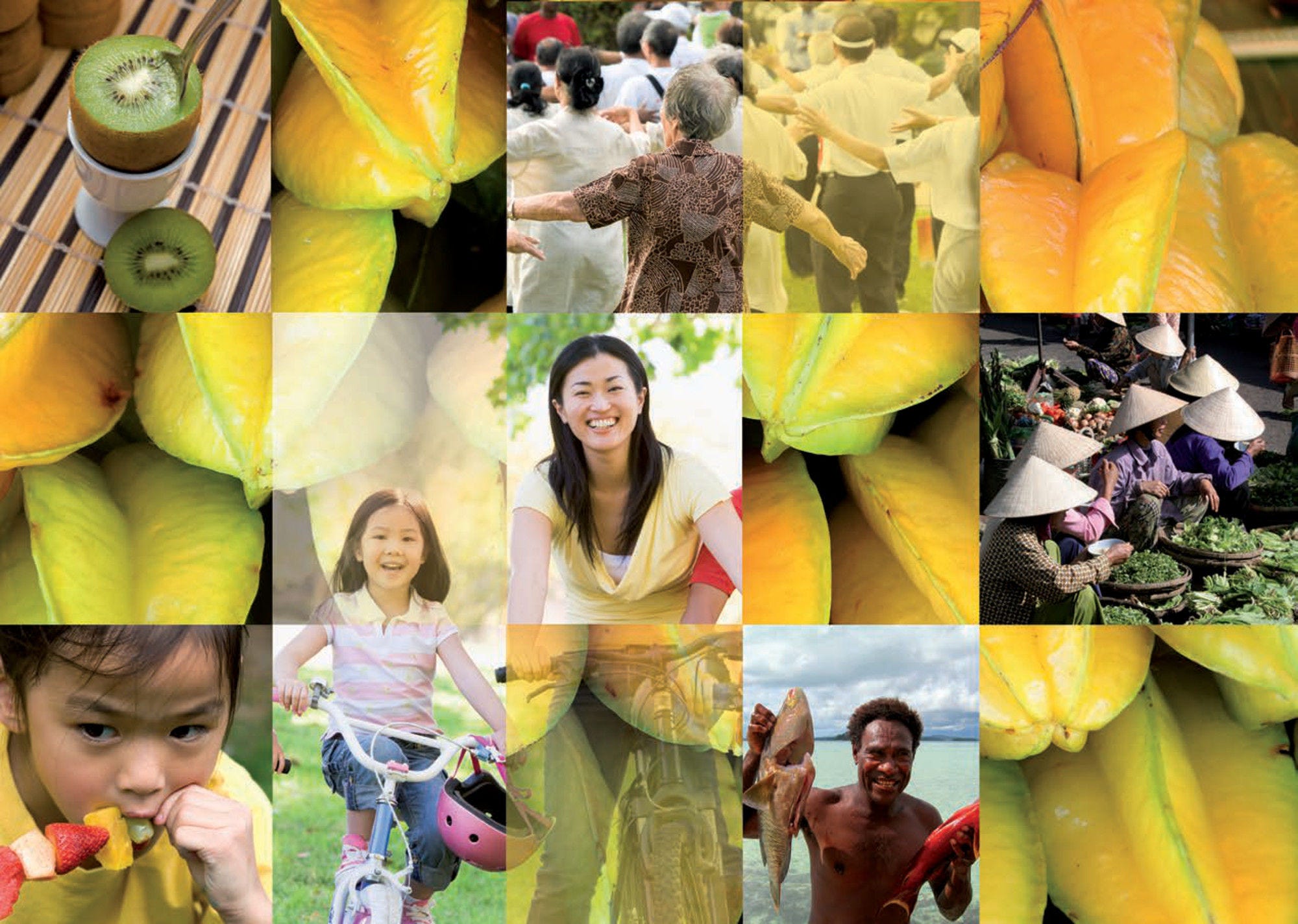Stomach cancer is the fourth most commonly diagnosed cancer after lung, colorectal and breast cancers, and the second most common cause of death from cancer after lung cancer, for the population in the Asia- Pacific region. In 2018, stomach cancer was diagnosed among over 728 000 people and caused approximately 549 000 deaths (IARC, 2020[22]). The main risk factors for stomach cancer include increasing age, tobacco smoking, H. pylori infection, diet, family history, genetic predisposition, having another type of cancer, pernicious anaemia, and stomach surgery. Stomach cancer is more common among men (NHS, 2020[43]).
Age-standardised incidence rates are high in Mongolia and the Republic of Korea, with over 30 cases per 100 000 population per year, followed by China and Japan with over 20 new cases per 100 000 population in 2018 (Figure 7.16). However, incidence rates are low in many countries in the Asia-Pacific region. Indonesia, Pakistan and Solomon Islands had the lowest rates, at less than three per 100 000 population. According to the time-series data, incidence rates have declined in Asia-Pacific countries for which data are available (IARC, 2020[21]).
Nationwide population-based screening programmes are available in only a few countries with high incidence rates in the Asia-Pacific region. In Korea, nationwide stomach cancer screening using either upper gastrointestinal series or endoscopy is available every two years for men and women aged 40 or over (Choi et al., 2015[39]). In Japan, stomach cancer screening focuses on biennial screening either by photofluorography or endoscopy to people aged 50 and over, while therapeutic regimens for the eradication of H. pylori are covered by health insurance for patients with gastric or duodenal ulcer who are infected (OECD, 2019[29]). IARC recommends countries with high burden of stomach cancer to explore the introduction of population-based H. pylori screening and treatment while considering local contexts such as health priorities and cost-effectiveness (IARC Helicobacter pylori Working Group, 2014[40])).
Five-year net survival for stomach cancer varies widely between Asia-Pacific countries. For patients diagnosed during 2010‑14, five‑year survival was the highest in the region in the Republic of Korea (69%) and Japan (60%), but very low in India (9%) and Thailand (13%) (Figure 7.17; Allemani et al., 2018[31]). Incidence is very high in Japan and the Republic of Korea, and early detection through population-based screening programme and advances in treatment have contributed to the much better prognosis (Suh et al., 2020[41]). Recently, surgical techniques have been further developed in these countries, and progress has been made with chemotherapy, adjuvant chemotherapy, radiotherapy, and molecular-targeted therapy (Lee et al., 2015[42]; Sasako, 2020[43]).
In most countries in the Asia-Pacific region, advances in diagnosis and treatment of stomach cancer and wider and more timely access to effective treatment have contributed to an increase in survival over the last decade. Survival for stomach cancer increased rapidly particularly in the Republic of Korea. Nonetheless, there is still very wide international variation in survival following a diagnosis of stomach cancer, suggesting that further progress is needed for early detection and treatment in countries with low net survival.
The mortality rate from stomach cancer ranges widely across countries in the Asia-Pacific region. It is high in Mongolia with 25 per 100 000 population, followed by China (17 per 100 000 population), and low in Indonesia and Australia (one and two per 100 000 population, respectively). Stomach cancer mortality rate trends tend to track the incidence rates in almost all Asia-Pacific countries, except in Japan and the Republic of Korea, where net survival is high (Figure 7.18). In order to reduce mortality, continued efforts to reduce incidence and improve survival are needed particularly in countries with high incidence, such as China and Mongolia. Based on the time-series data available for a limited number of countries, over the recent decades, mortality rates decreased in most countries in the region except in Thailand, (IARC, 2019[38]).



